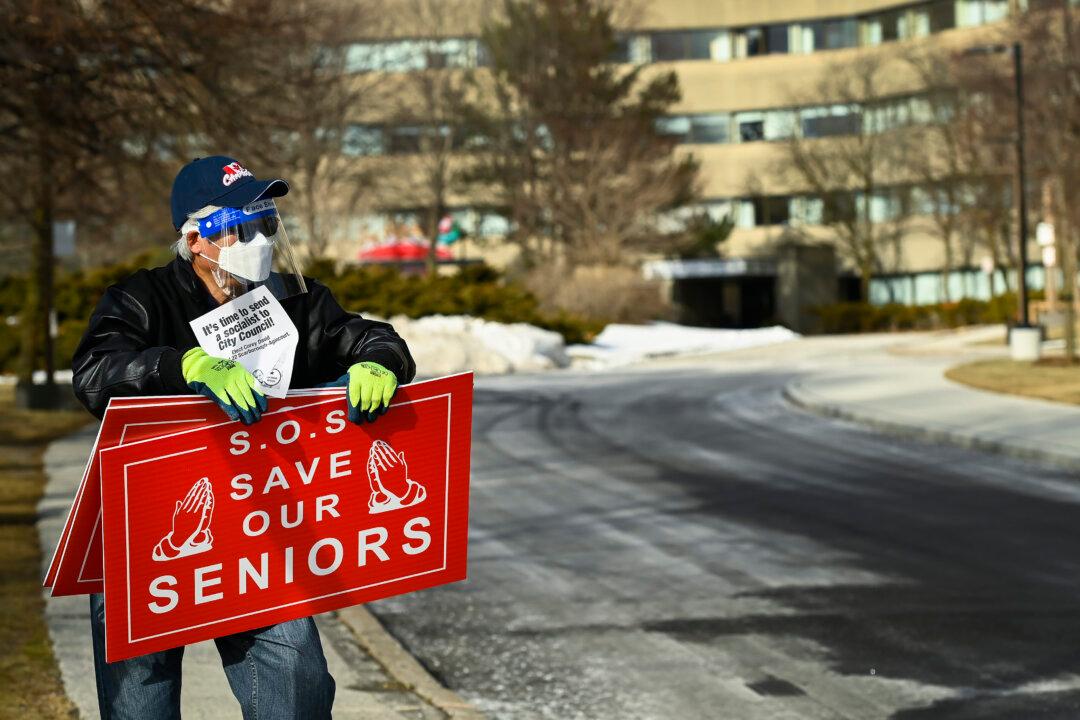Before Cathy Parkes’s father passed away in an Ontario long-term care home last April, he had declined to the point where he could no longer speak.
He had been diagnosed with COVID-19, which Parkes didn’t find out until three weeks after his death at Orchard Villa in Pickering. She also didn’t know he was suffering from an untreated urinary tract infection when he passed away. It was made worse by malnutrition and dehydration due to a staffing collapse amid a virus outbreak at the facility.





